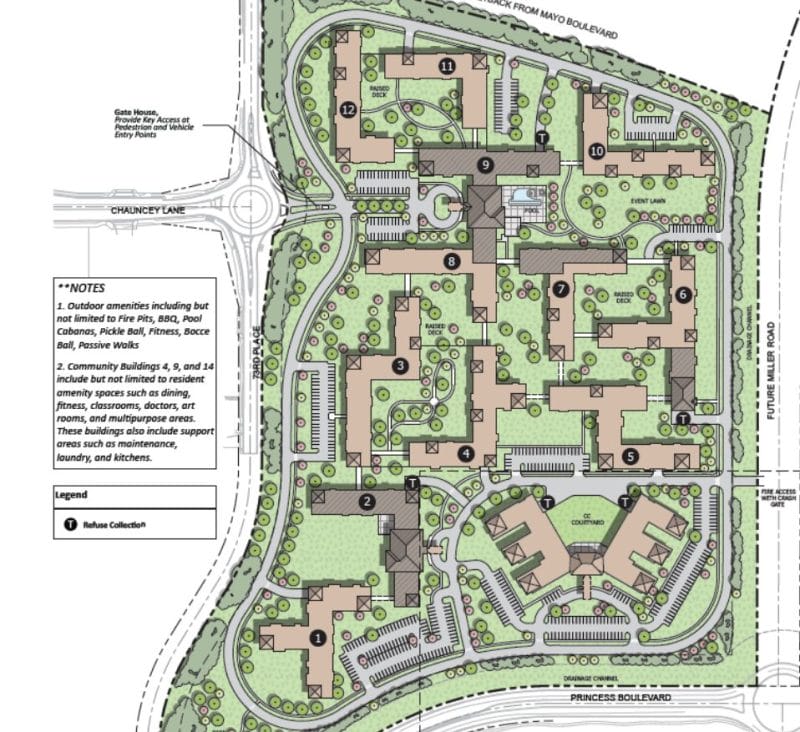By Robbie Whelan and Jess Bravin | The Wall Street Journal
Robbie Whelan and Jess Bravin | The Wall Street Journal
Demetria Johnson, a 32-year-old beautician, used to sleep on a couch at her cousin’s apartment in Pleasant Grove, a low-income neighborhood in south Dallas. When she came home from work, she said, she was often greeted by drunks in the parking lot and the occasional sound of gun shots.
On a wait list for her own place at the time, the single mother of four worried about her luck of the draw. “My next house doesn’t have to be the biggest house or the nicest house,” she said. “I just want somewhere nice and clean and peaceful.”
But for years, real-estate developers have built the vast majority of this city’s government-subsidized, low-income housing in poor, minority communities where land is relatively inexpensive and local opposition is limited.







